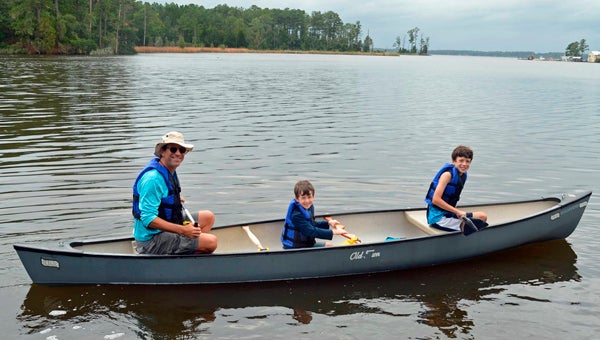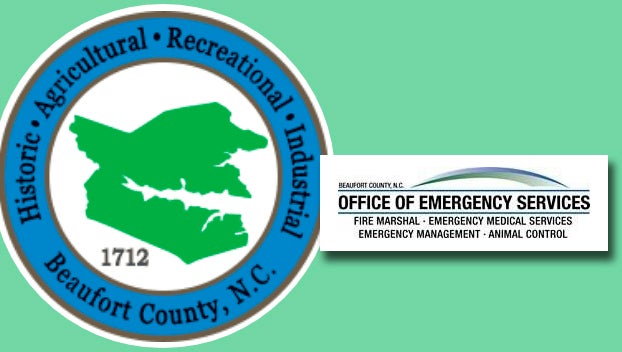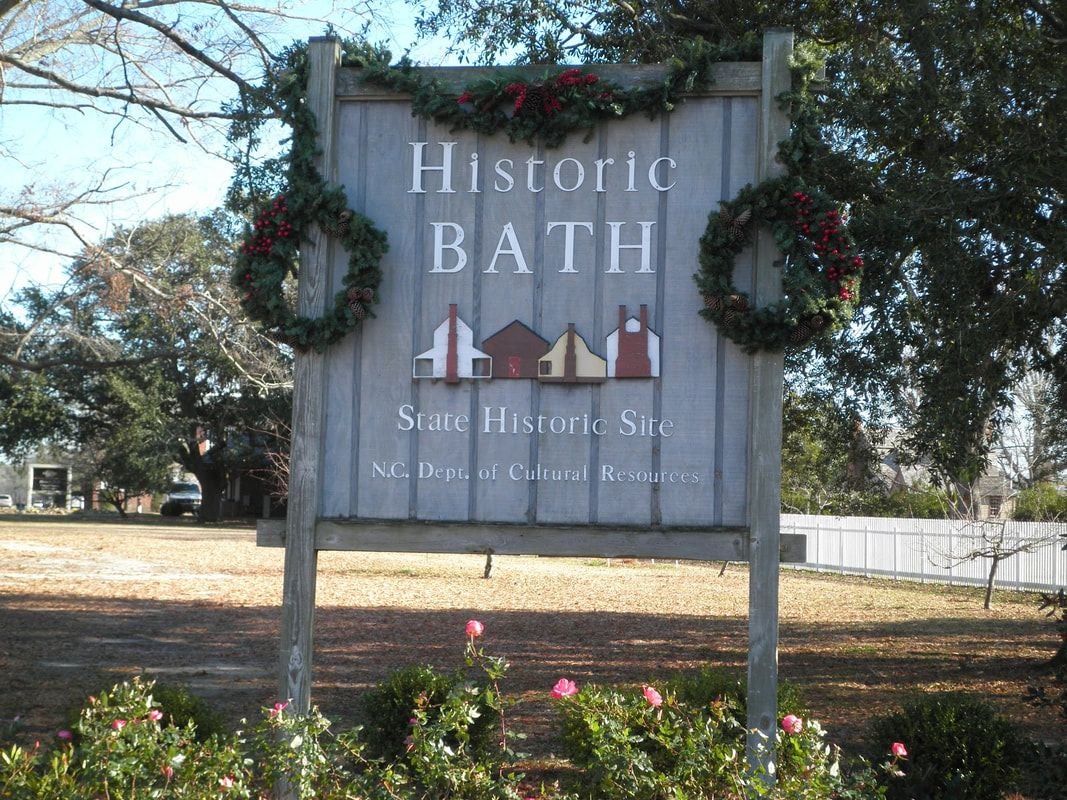Raleigh man follows path of early NC pioneer John Lawson
Published 3:50 pm Wednesday, September 30, 2015

SETH EFFRON
FACING THE ELEMENTS: Scott Huler’s (pictured left) recent completion of Lawson’s Trek culminated from a canoe trip with sons Gus, 7, (pictured middle) and Louie, 10, (pictured right). The Hulers completed the last leg of the journey facing wind and drizzling rain, making it difficult for them to canoe up the Pamlico River.
It all started with a young English gentleman, looking to leave his mark on the world.
John Lawson — naturalist, explorer and surveyor general for the Lords Proprietors, undertook a 550-mile journey of the Carolina colony in 1700-1701 and published a book almost a decade later that documented the region’s flora and fauna, as well as its native peoples and culture.
Over the past year, Raleigh resident Scott Huler, a journalist and author, spent time retracing Lawson’s Trek, starting in Charleston, South Carolina and looping through Charlotte, across North Carolina and ending in Beaufort County. In Bath, the last leg of the journey, Huler gave a presentation Sept. 26 that included a Q&A session with an audience of residents and avid history buffs.
Huler first became interested in Lawson’s Trek through another project entirely. Huler read Lawson’s book, “A New Voyage to Carolina,” and decided he wanted to retrace the journey himself, he said. On Oct. 12, 2014, Huler set out on the journey following Lawson’s path.
“It’s pretty amazing how this happened,” Huler said. “John Lawson, amazingly, is a guy — which I don’t understand why he’s not the first citizen of North Carolina; North Carolina should treat John Lawson the way Pennsylvania treats William Penn — that’s utterly essential to our history. ‘A New Voyage to Carolina’ is by far the most important book to come out of the southeast (United States) in the colonial era.”
Huler, like Lawson, had help along his journey. Lawson was led through what was then rugged terrain on trading paths, wagon trails and the like, by a small band of Native Americans. The notes throughout his journey resulted in his book.
Huler had many points of reference in embarking on Lawson’s journey, including several translations of locations that Lawson is believed to have visited, as well as guidance from natives and residents of various areas, he said.
“By the 1930s or so, there was a general agreement (Lawson) had gone in this horseshoe trek and ended up in Washington,” Huler said. “In a lot of ways, I trusted my guides much like Lawson did his (guides). I showed up and asked people for guidance. I reached out to people and asked questions. I was constantly supported and assisted. It was fun.”
Throughout his journey, Huler says he met a lot of the same people Lawson described on his trek — descendants of Hugenots in South Carolina and Santee, Catawba and Occaneechi Native Americans.
“It’s just amazing how people are still here,” Huler said. “It was a really awesome undertaking to be able to just go out and retrace Lawson’s journey. It’s less about slavishly retracing his footsteps, but finding out information about the lay of the land and the people and their culture. It was a survey voyage, much like Lawson’s was. I enjoyed seeing the tobacco harvest as I walked through Wilson County more than anything I saw.”
Huler’s two sons, Gus, 7, and Louie, 10, joined Huler on the last segment of trail via canoe. Because of bad weather — mostly wind and drizzling rain — Huler and sons had a difficult time making their way up the Pamlico River. They had to regroup, putting in at Bonner’s Point in Bath and paddled their way up Bath Creek to what Huler described as a “very delightful response.”
“In his book, Lawson talks about almost being blown out to sea on a canoe and being thankful for his life,” Huler said. “It was fun and more of that excitement, like Lawson, we were struggling just to keep the canoe afloat. It was fun to have that last part a little difficult.”
“It was kind of crazy,” Louie Huler recounted. “I had a lot of fun, and it was really cool I got to experience the journey. History is one of my favorite classes, and I think it’s really cool he took me on this journey.”
“I was really happy because I really like going in boats,” Gus Huler said. “Bath was really fun, and on the canoe trip, my dad and brother were paddling, and I made sure the boat didn’t tip over. I would be willing to (go on more journeys), but that’s the end of Lawson’s Trek.”





